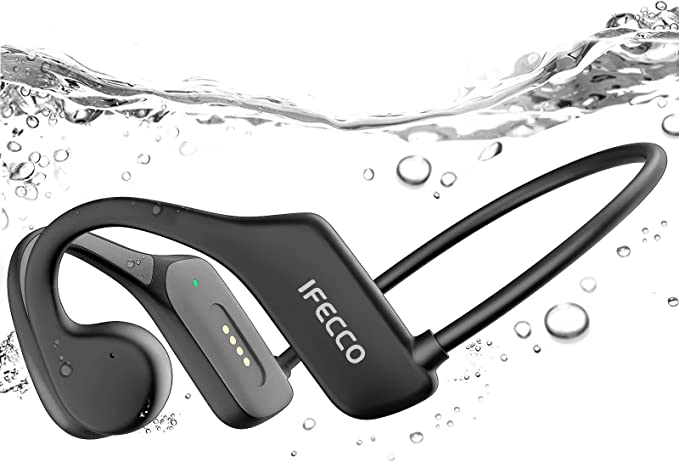The $400 Litter Box: A Psychologist's Look at Why We Automate Pet Care
Update on Oct. 12, 2025, 5:37 p.m.
On the surface, the decision seems irrational. Why would a person spend hundreds of dollars on a device to automate a task that, with a simple plastic scoop, takes less than two minutes a day? The purchase of a high-end, self-cleaning litter box is a fascinating case study in modern consumer psychology. It is a decision driven less by simple arithmetic and more by a complex interplay of behavioral economics, emotional needs, and the evolving nature of the human-animal bond. To understand the “why” behind this expensive piece of plastic, we must look beyond the mechanics and delve into the psychology of the person holding the credit card.

The Economics of a Hated Chore: Pain of Scooping vs. Pain of Paying
At its core, the decision to buy an automated litter box is a classic behavioral economics trade-off. We are constantly weighing the “pain of paying”—the immediate, tangible discomfort of spending a significant amount of money—against the “pain of doing,” in this case, the recurring, low-grade misery of a daily unpleasant chore. For many, the cumulative psychological weight of scooping, dealing with odor, and the sheer monotony of the task is far greater than its two-minute duration would suggest. It is a persistent “pain point” in their domestic life.
Manufacturers understand this implicitly. Marketing language rarely focuses on the device’s price tag. Instead, it sells a solution to the pain: “up to 15 days of scooping-free freedom,” “effectively stops unpleasant odors.” This reframes the value proposition. You are not buying a $400 machine; you are buying back your time, your sensory comfort, and your freedom from a dreaded task. This also plays on the principle of “Loss Aversion,” where we are more motivated to avoid a loss (losing a fresh-smelling home, losing free time) than to acquire an equivalent gain (saving the money). The daily chore is a recurring loss, and the machine promises to eliminate it entirely.
Expectation vs. Reality: A Study in User Reviews
This initial calculation is what gets the product into the shopping cart. But the true psychological impact unfolds after unboxing, where the user’s lofty expectations confront the daily reality of cohabitating with a robot. A brief analysis of user reviews for any automated litter box reveals two dominant, opposing narratives.
First is the “Saviour” Narrative. Reviews that use phrases like “life saving,” “awesome,” and “great investment” come from users whose primary pain point was severe and whose expectations were met or exceeded. The odor is gone, the time is reclaimed. The device has successfully solved the problem that prompted the expensive purchase, resulting in a powerful feeling of relief, satisfaction, and even gratitude towards the inanimate object. It has become a hero in their domestic story.
On the other side is the “Betrayal” Narrative. Negative reviews using phrases like “would not recommend” or detailing malfunctions often stem from a mismatch between expectation and reality. The user expected a seamless, invisible solution, but instead found new, unanticipated chores: troubleshooting a faulty cleaning cycle, cleaning internal smears, or dealing with a cat that refuses to use the device. This creates a potent sense of buyer’s remorse and even betrayal. Not only have they lost a significant amount of money, but the promised solution has created new problems, amplifying their frustration. The initial investment, both financial and emotional, makes this failure feel particularly acute.

The “Gift-Giving” Proxy: Technology as an Expression of Love
While the success of the device often hinges on these practical outcomes, there is a deeper emotional current. For many, investing in premium pet products is a tangible way to express love and provide the “best” for their companions. In a world where our pets are increasingly seen as family members, we demonstrate our affection through acts of care, and in a consumer society, through purchasing.
The automated litter box is cleverly positioned to tap into this sentiment. It is not just a gift of convenience for the owner, but can be perceived as a gift of comfort and dignity for the cat. As one user wrote, their cat “loves having a clean toilet each and every time he chooses to go to the bathroom.” This anthropomorphism is key. The owner feels good because they believe they are providing a superior quality of life for their pet. The technology becomes a proxy for their love and attentiveness, delivering a clean environment on their behalf, 24/7. This provides a powerful emotional return on the financial investment.
In the end, the decision to purchase a $400 litter box is rarely about just cleaning up after a cat. It is a complex psychological transaction—an investment in time, a solution for the senses, a deeply personal bet on a technological promise, and a modern expression of the profound bond we share with our animal companions. It reveals our deep-seated desire to curate a more perfect, frictionless, and caring version of our domestic lives, one automated task at a time.





























